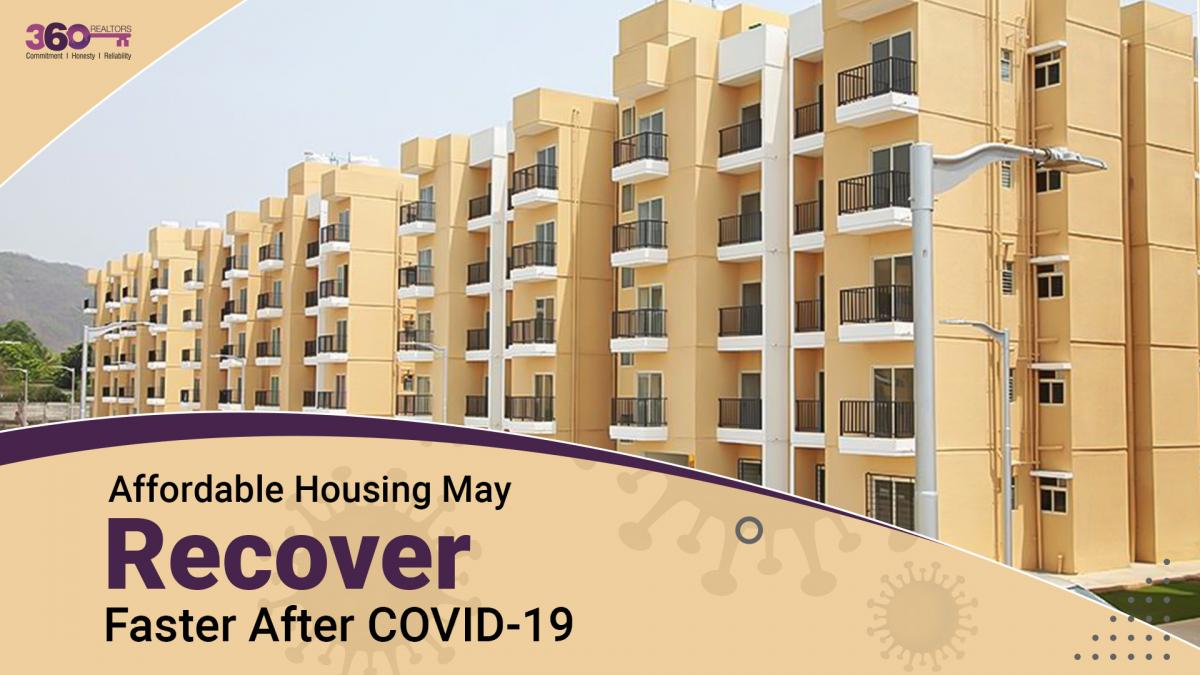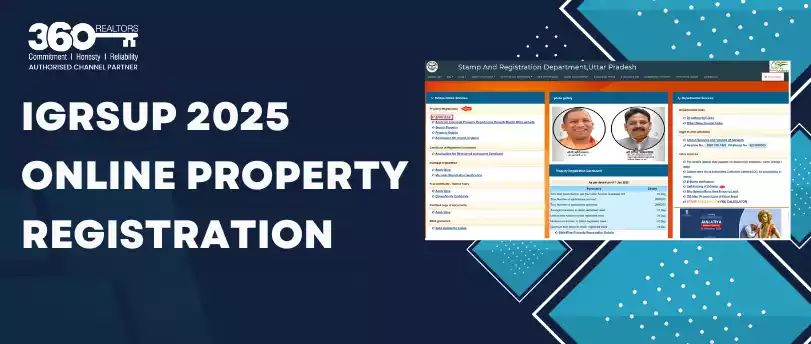Affordable housing has always been a popular real estate segment in India. Moreover, the government has been constantly trying to promote affordable housing so that even the economically weaker sections of the society can enjoy a modern urban lifestyle. Right now, the real estate sector is suffering from the adverse effects caused by the coronavirus pandemic. However, it is expected that the affordable housing segment would bounce back to normalcy relatively faster after the pandemic.
Back in 2007, the National Urban Housing and Habitat Policy came up with the ‘Housing for All’ goal. When the real estate sector faced the problem of muted demand during the Global Financial Crisis in 2008, several developers started focusing on affordable housing. However, the Pradhan Mantri Awas Yojana (PMAY) introduced in June 2015 was the most significant boost for the affordable housing segment in India.
After the introduction of PMAY, the government and RBI kept introducing various reforms which granted major benefits to developers and buyers of affordable residential properties. Between 2017 and 2019, the developers were offered a number of incentives to develop affordable housing. These included various tax benefits, subsidies and institutional funding. In 2019, the GST on affordable housing was reduced to lower the cost of housing and attract higher sales.
In 2020, the tax holiday enjoyed by the developers on profits earned from affordable housing projects approved before 31st March 2020 was extended by a year. Similarly, buyers of affordable homes were given a 1-year extension of the additional deduction of interest. Loans related to affordable housing are also included in the priority list of the Reserve Bank of India. This way, the government and RBI kept trying to incentivise developers and buyers alike to go for affordable housing.
However, in spite of these consistent attempts to promote affordable housing, the segment continues to face a number of challenges. For example, land rates are on the rise. It is very hard to acquire land parcels at low costs in any of the major cities. This results in higher cost of production, which, in turn, makes it difficult to develop affordable projects.
The overall growth of real estate in India has been hampered over the last few years. The NBFC crisis resulted in lack of adequate credit for most of the developers. An economic slowdown which emerged due to a number of policy overhauls resulted in a fall in property sales. Moreover, a majority of the millennials are now inclined towards renting homes rather than buying new ones. They would have otherwise provided the affordable segment with a potential market. All these factors have prevented the segment from flourishing with its full potential.
On a positive note, the situation is expected to improve considerably. After the outbreak of COVID-19 showed people the need for their own residence, more and more home renters are now starting to buy homes. The demand for affordable homes, in particular, is expected to be high due to the sudden fall in purchasing power of the potential buyers.






